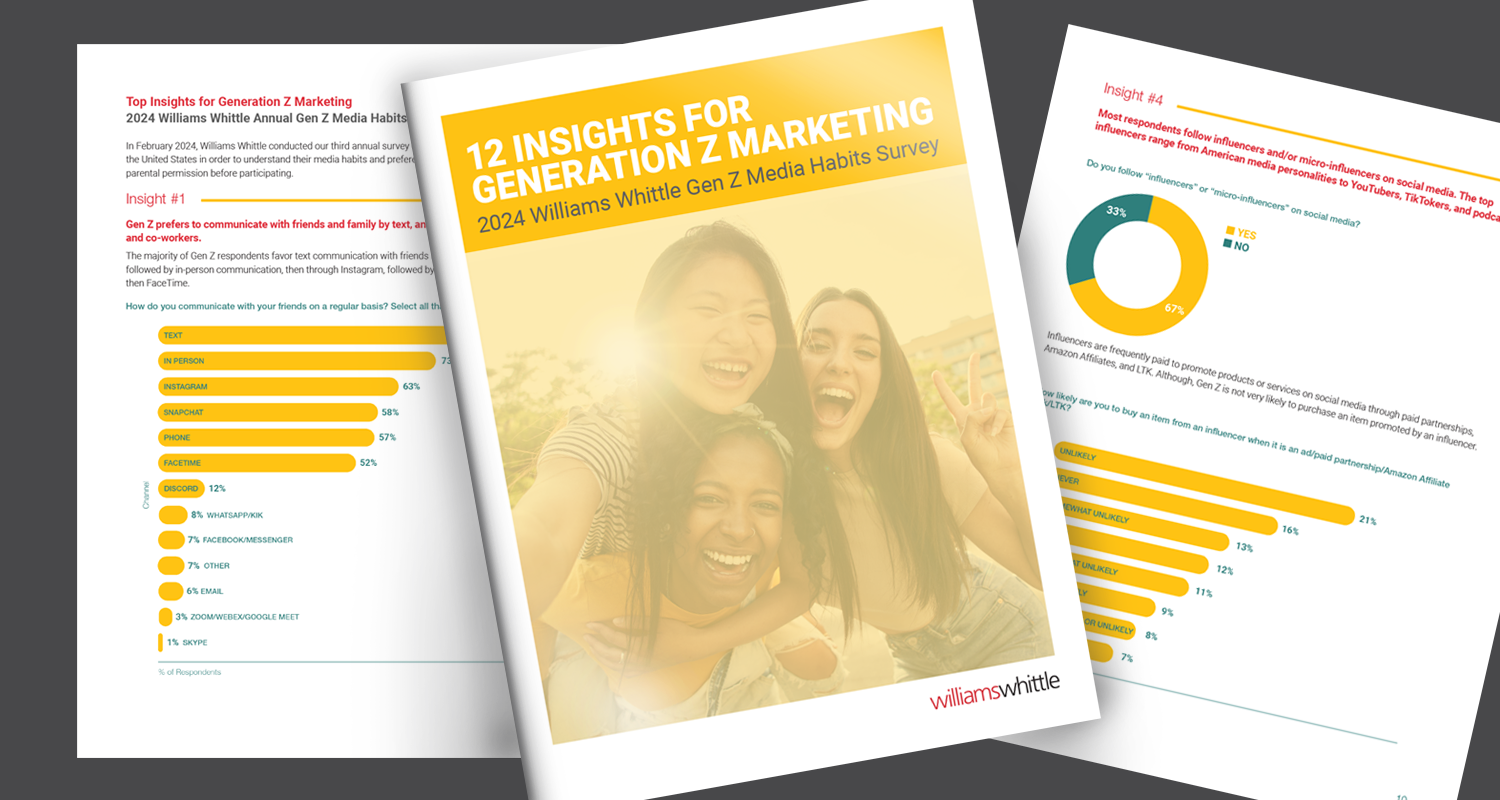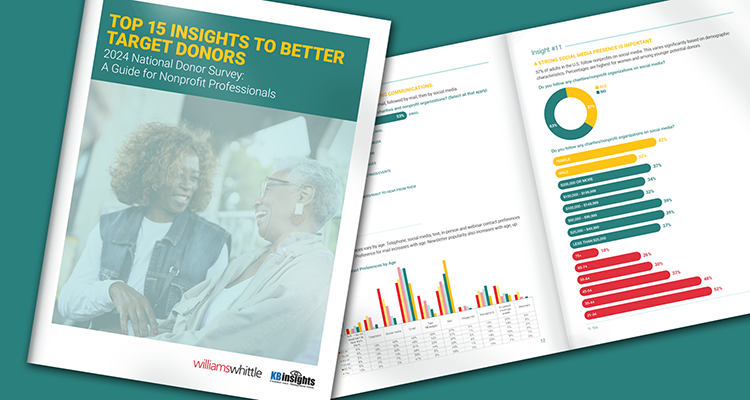Move over “content,” “awareness is now king.” For without awareness, most nonprofits will find it hard to expand their audience (donors, volunteers, etc) outside of their normal constituents. And at least for most of our nonprofit clients, we find that is usually their ultimate goal; to widen the net.
I recently read this article in the Philanthropy Journal that featured the results of a research project done by The Institute for Nonprofits at N.C. State University. The Institute’s survey asked the more than 200 participants what it was like to raise awareness about their nonprofit. While the audience was limited to small and medium sized nonprofit organizations in North Carolina, I believe their issues mimic the issues faced by most nonprofits around the country.
Among other things, the results highlighted (or reiterated) a major barrier to awareness work: lack of funding, staff and time. And while digital strategies help cut down on hard costs, awareness work still requires a significant amount of staff time. One respondent put it best and I can’t tell you how many times I’ve heard this, “Unfortunately, while raising awareness is one of those things that should rise to the top of the to-do lists, it is often the last thing that is given attention.”
Ultimately, nonprofits would benefit from uncovering some resources to allocate to awareness building. Be it with part-time staff or a strategic partner who is willing to squeeze as much work out of the dollars you can find, it could go a long way. To further exemplify why, in Blackbaud’s 2012 Donor Perspectives Report, they asked “What would compel you to become a regular donor to an organization to which you currently make one-off donations?” The top 3 reasons were:
1. An improvement in their personal financial situation
2. Having passion about an organization’s mission
3. Access to information that proved the impact of their contributions
With responses like:
…More information on what the donation is actually achieving or contributing to.
…If I could see that my money is making a real difference.
…Education concerning the company’s goals, effectiveness, and financial integrity.
To inform, communicate and educate current and future stakeholders, awareness work is how it’s done.
One of our clients has tried to measure the effect on their media efforts on their awareness over the years. This client has a marketing department that includes PR staff that pitch regularly for press coverage and they also dedicate some of their marketing budget to a PSA campaign, which includes TV, radio, print and outdoor spots that my colleagues place for free. Here are some of the impressive stats:
1. In 2006, an internet survey on a popular website that serves their core audience showed that only 25% knew their brand. By 2009, a follow up survey showed that 97% now knew about their as well as specifics of the mission.
2. In 2010, when asked to name organizations (unaided) that do work in their category, 38% named their organization. No other organization was named by even 25% of respondents.
3. While their PSA TV exposure increased by almost 25% from 2009 to 2010, there was also a 31% increase in the number of respondents citing television as their introduction to their brand.
All of this is pretty compelling evidence that nonprofits should find a way to work on their awareness. It may seem like a huge challenge, especially for nonprofits with limited funding, staff and/or time. Partners (like us) that understand this can help you figure out how to get the most bang for your buck.
Contact us if you’re interested in seeing some different awareness products we offer our clients, in all different price ranges.


